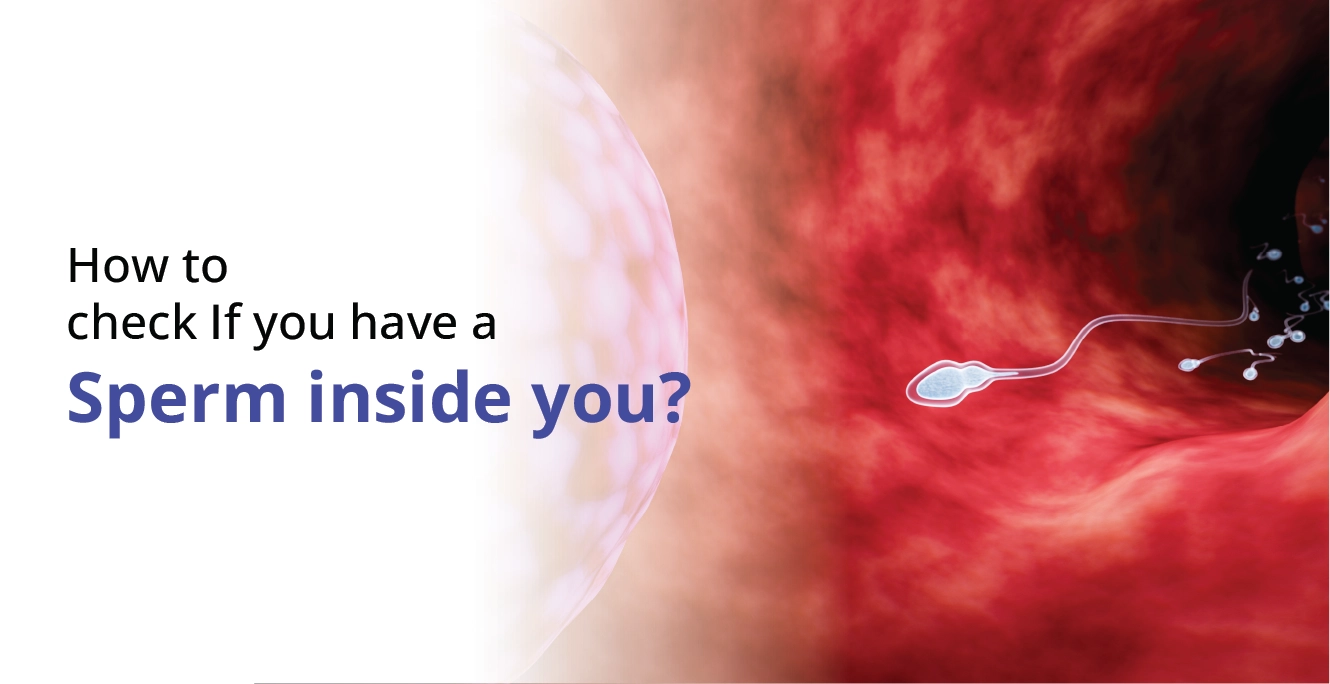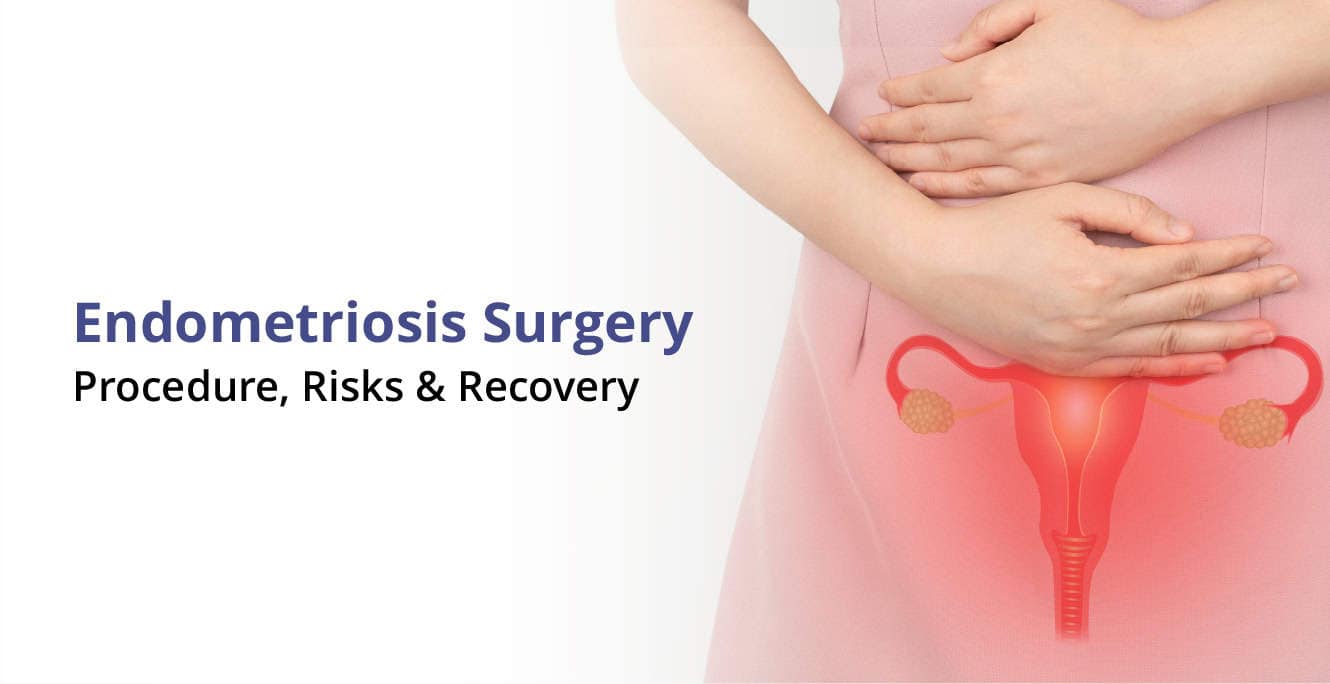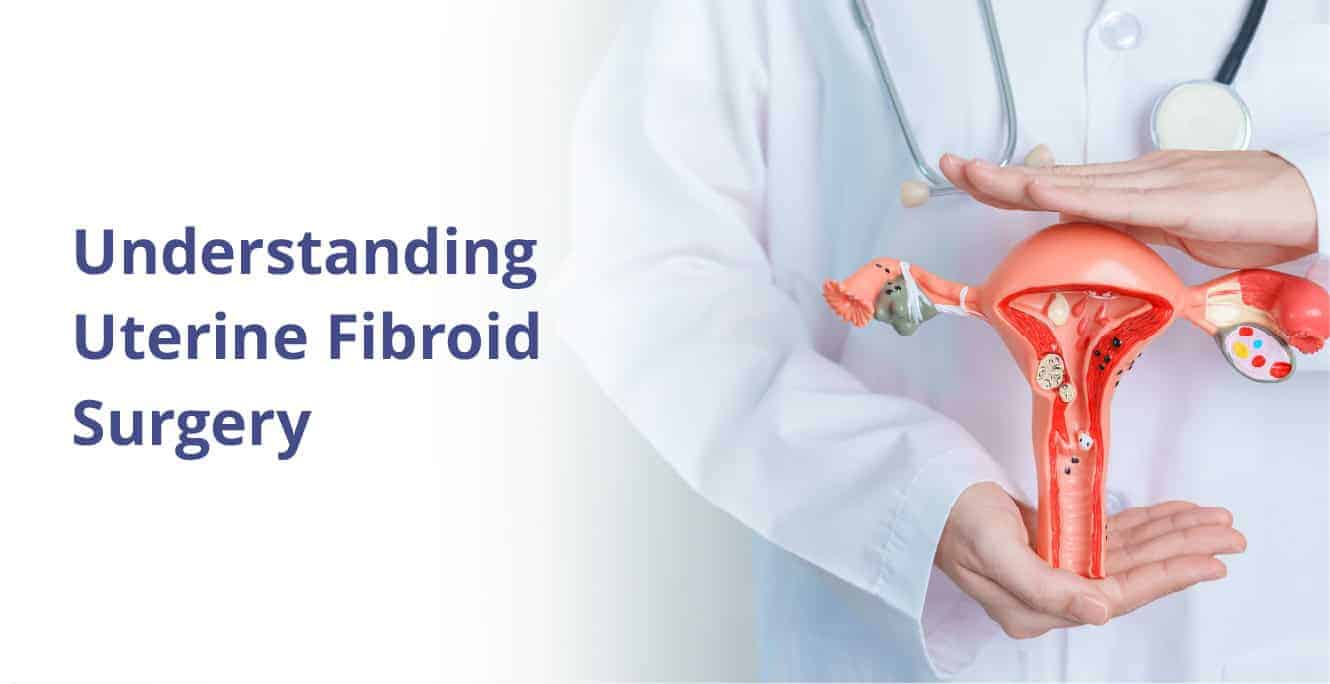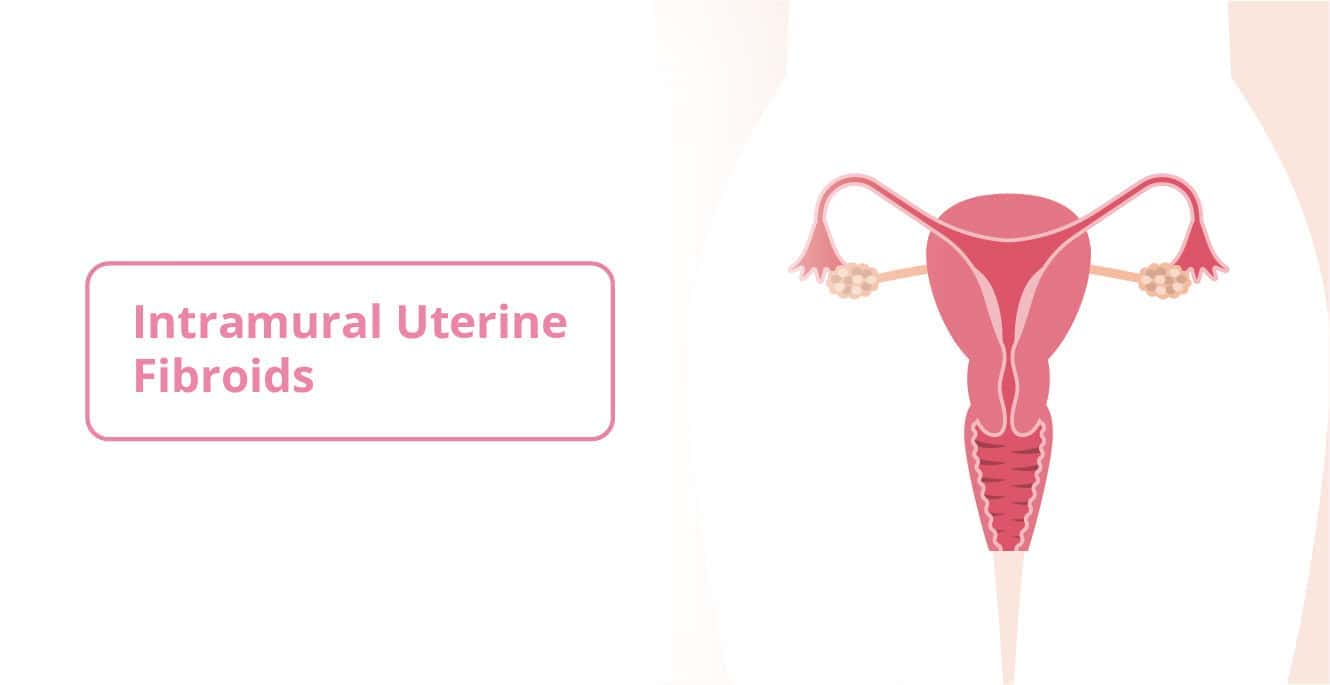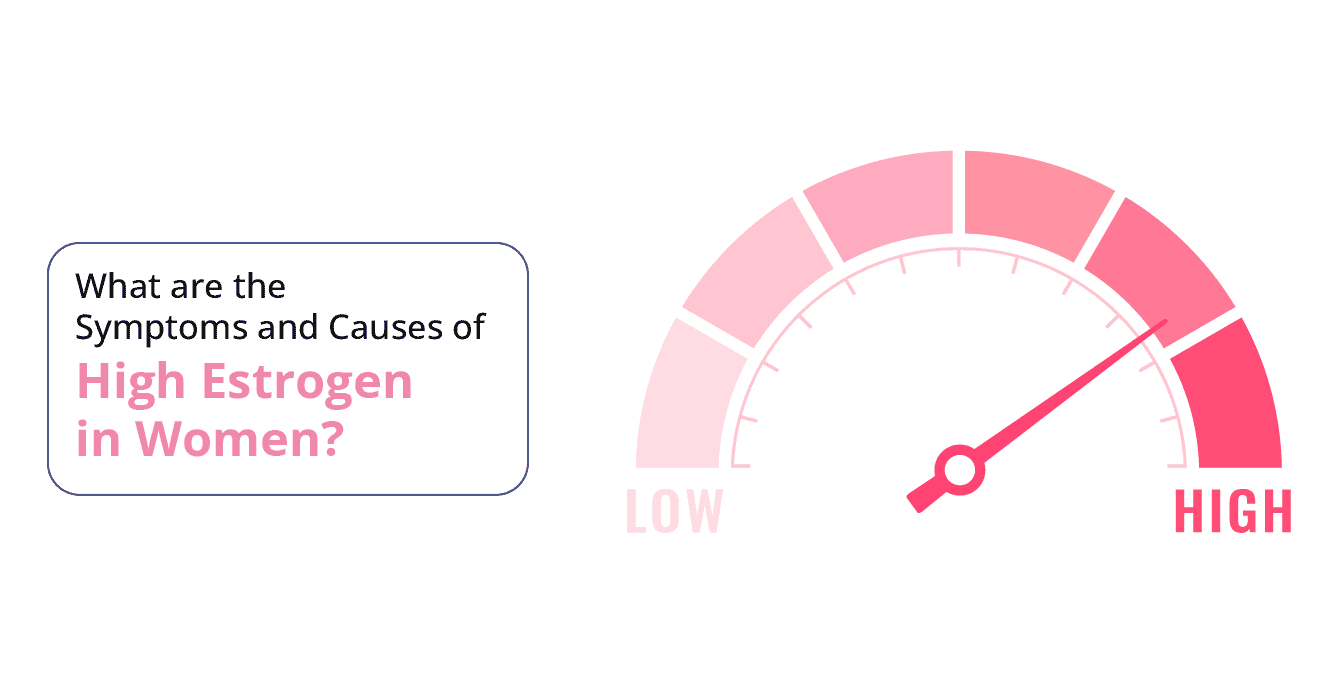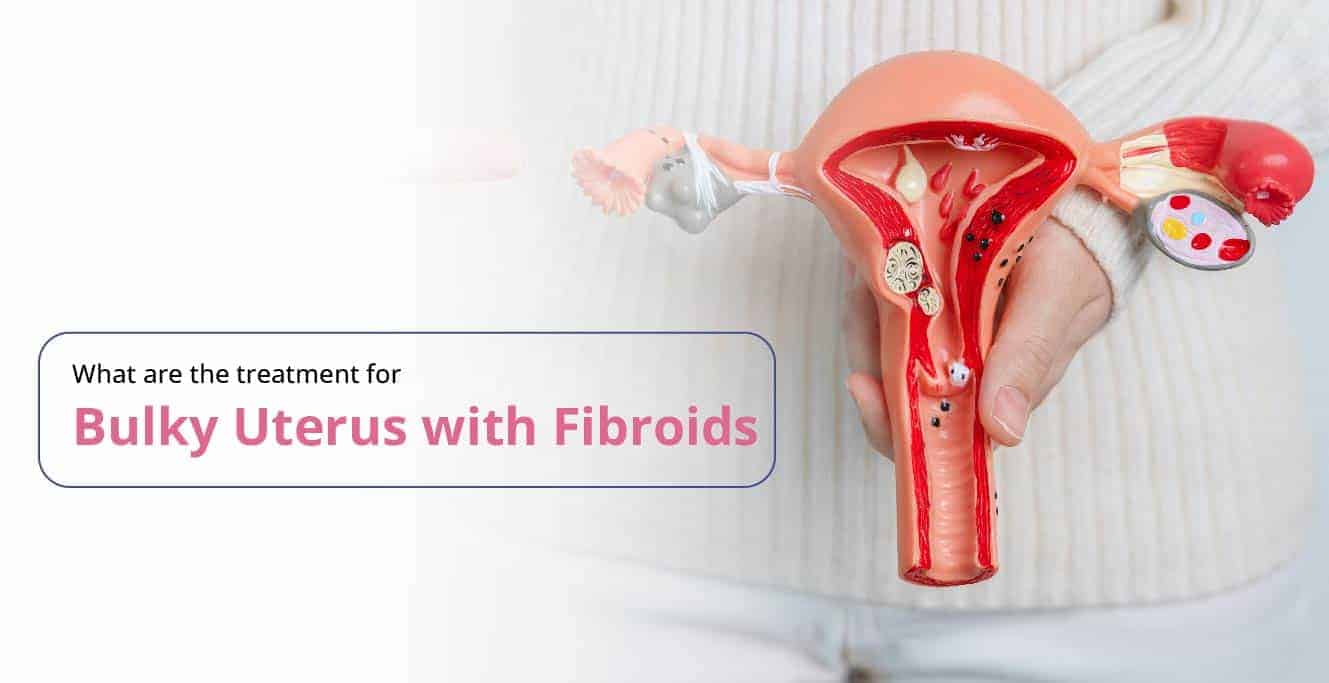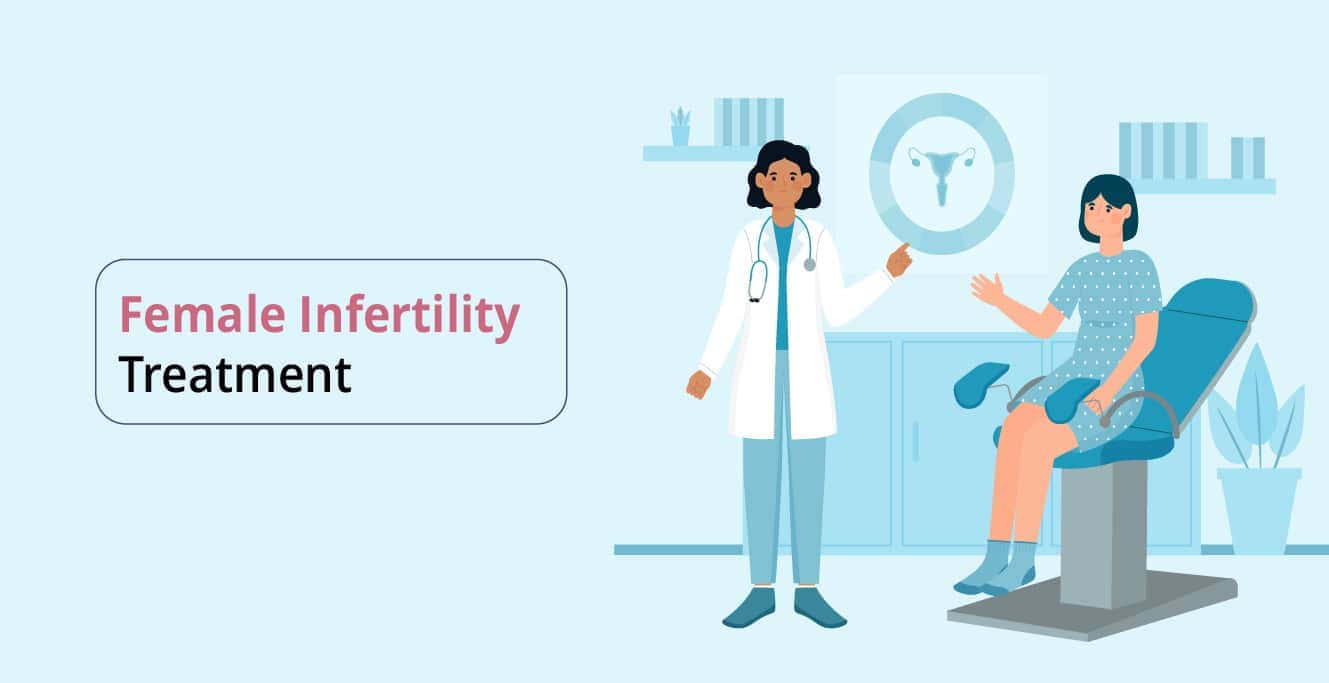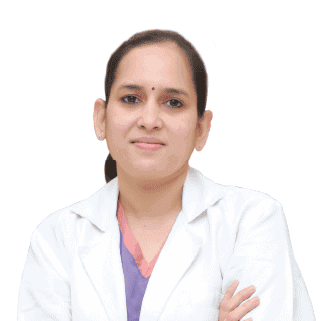Key takeaways
-
Stages of adenomyosis:
-
Stage 1: Early adenomyosis with minimal endometrial tissue infiltration into the uterine wall, often with mild or no symptoms.
-
Stage 2: Moderate adenomyosis leads to heavier periods and increased menstrual pain.
-
Stage 3: Significant tissue infiltration results in severe symptoms and a distorted uterine shape.
-
Stage 4: Advanced adenomyosis causes extensive tissue infiltration and severe chronic symptoms.
-
-
Symptoms: Painful periods, heavy bleeding, bloating, discomfort during intercourse, potential fertility issues, and significant daily life discomfort.
-
Diagnosis and treatment: Utilises imaging techniques like ultrasound or MRI for diagnosis. Treatment varies by stage and includes medications and non-surgical techniques.
-
Impact on fertility: Adenomyosis can affect fertility and quality of life but symptoms often improve post-menopause.
If you’ve been diagnosed with adenomyosis, you might be unsure about what this means for your reproductive health. As a woman navigating the complexities of this condition, it’s natural to have questions about the different adenomyosis stages and how they may impact your fertility and overall well-being. While the concept of adenomyosis stages is not universally accepted, some healthcare professionals use a staging system to describe the extent and severity of the condition. In this article, we’ll break down the four stages of adenomyosis, discussing the characteristics of each stage, how they are diagnosed, and what treatment options may be available.
What is Adenomyosis?
The uterus is a reproductive organ of the female body. Normally, there is a lining over the uterus called “Endometrium.”
Adenomyosis is a condition where the endometrial lining that covers the uterus grows and develops into a muscle. While this newly developed muscle functions completely normally, it isn’t normal for the endometrial lining to grow like this.
Adenomyosis is a painful condition as it causes the uterus to be inflamed and sore. The female suffering from this condition experiences one or more of the following symptoms:
- Painful menstruation
- Heavy bleeding
- Pelvic pain that is sharp, knife-like; this condition is also termed dysmenorrhea
- Prolonged, chronic pelvic pain
- Pain during intercourse – this condition is termed dyspareunia
Doctors aren’t currently certain about the exact causes of adenomyosis. However, the condition is usually resolved after the female hits menopause. The doctors may prescribe hormonal treatments if the female experiences excessive pain because of adenomyosis.
It is important to get adenomyosis treatment in time because if left untreated, the treatment may require a hysterectomy (surgery done in females to remove the uterus).
Did You Know?
Adenomyosis is often misdiagnosed as fibroids due to the similarity in symptoms, which includes heavy menstrual bleeding and pelvic pain. However, unlike fibroids that grow on the uterine wall, adenomyosis involves endometrial tissue growing into the uterine muscle itself. This distinction can be crucial for appropriate treatment strategies. Recent diagnostic advancements have improved detection via Magnetic Resonance Imaging (MRI) and transvaginal ultrasound imaging techniques.
Stages of Adenomyosis: A Detailed Breakdown
-
Understanding the different stages of adenomyosis is crucial for proper diagnosis, treatment, and management of the condition.
Stage 1: Early Adenomyosis
In the early stages of adenomyosis stage 1, you may experience mild symptoms such as slight discomfort during your periods or a bit heavier bleeding. Your doctor may suspect adenomyosis during a routine pelvic exam if they notice any tenderness or enlargement of the uterus. To confirm the diagnosis, they might recommend an ultrasound or MRI scan.
At stage 1, adenomyosis may not significantly impact your daily life or fertility. However, it is essential to monitor the condition closely and discuss any concerns with your doctor.
Stage 2: Moderate Adenomyosis
As adenomyosis stage 2 progresses, symptoms become more pronounced, and the endometrial tissue penetrates deeper into the uterine wall. Women may experience:
-
Heavier and more painful periods
-
Pelvic pain and pressure that extends beyond your menstrual cycle
-
Bloating and discomfort in the lower abdomen
During stage 2, adenomyosis has spread deeper into the uterine muscle wall. Your uterus may become more enlarged and tender to the touch. If you’re trying to conceive, moderate adenomyosis might start to impact your fertility.
Stage 3: Advanced Adenomyosis
In adenomyosis stage 3, symptoms become severe, and the uterus may be significantly enlarged. Women may experience:
-
Chronic pelvic pain that doesn’t subside
-
Very heavy and prolonged menstrual bleeding
-
Pain during intercourse
-
Significant uterine enlargement, sometimes up to double its normal size
-
The enlarged uterus can put pressure on the bladder or rectum, causing additional discomfort. The heavy bleeding associated with adenomyosis stage 3 can lead to anaemia, affecting overall health and well-being. Menstrual cycles may also become irregular due to the advanced stage of the condition.
Stage 4: Severe or Diffuse Adenomyosis
Adenomyosis stage 4 is the most critical stage, characterised by widespread damage to the uterus. The adenomyosis has deeply infiltrated the uterine muscle wall, causing severe symptoms:
-
Debilitating chronic pain
-
Extremely heavy and prolonged menstrual bleeding
-
Severe bloating and pressure in the pelvis
-
Significant uterine enlargement
At Adenomyosis stage 4, the condition can seriously impact your overall health and well-being. Fertility is often compromised, and the risk of complications like severe anaemia or uterine rupture is higher.
Symptoms Associated with Adenomyosis Stages
While some symptoms are common across all stages of adenomyosis, the severity and type of symptoms can vary depending on the stage.
|
Symptom |
Stage 1 |
Stage 2 |
Stage 3 |
Stage 4 |
|---|---|---|---|---|
|
Heavy menstrual bleeding |
Mild |
Moderate |
Severe |
Severe |
|
Pelvic pain and cramping |
Mild |
Moderate to severe |
Severe |
Severe |
|
Enlarged uterus |
No |
Yes |
Yes |
Yes |
|
Painful intercourse |
No |
Yes |
Yes |
Yes |
|
Anaemia |
No |
Possible |
Likely |
Likely |
As adenomyosis progresses through the stages, these symptoms tend to worsen and become more persistent. In advanced stages, the pain and bleeding can be severe enough to interfere with daily activities and quality of life.
What are Adenomyosis Causes?
Doctors across the globe are still researching to pinpoint the exact adenomyosis causes. However, up until now, there hasn’t been a concrete explanation for this condition.
A few plausible theories exist that can explain why the endometrial lining would grow into a muscle; at this point, it is all hypotheses.
Let’s look at a few of these theories in a little more detail.
Invasive Growth of Tissue
It is believed that the tissue that lines the uterus – the endometrial tissue – invades the uterine muscle wall and begins to grow into muscle. This may happen because of the C-section surgeries performed for childbirth.
In simpler words, the incisions made on the organ for various operations could lead to this invasion.
Developmental Causes
A few experts believe that when the foetus is still developing inside a female’s body, it is likely that the endometrial tissue gets deposited in the uterine muscle wall.
This can cause the adenomyosis condition to trigger when the baby grows and hits menstrual age.
Inflammation of the uterus from childbirth
Childbirth is a delicate situation in the body of a female. A few experts believe that the uterus may get inflamed during the postpartum period, causing a break in the uterine walls.
This break in the cells could then be invaded by the endometrial tissue, causing adenomyosis.
Origin from stem cells
The most recent hypothesis suggests that adenomyosis cause may lie in the bone marrow. It says that the stem cells in the bone marrow may invade the muscle in the uterus, causing adenomyosis.
The causes of adenomyosis notwithstanding, whether or not this condition grows to become serious depends on how oestrogen (the female hormone) circulates in the body.
The most common risk factors for adenomyosis are middle age, prior surgery of the uterus and childbirth.
Risk Factors of Adenomyosis
Here are a few risks factors for adenomyosis:
- Middle age
- Childbirth
- Any reproductive tract surgery
- Myomectomy
- D&C- dilatation and curettage
- C-section delivery
Complications of Untreated Adenomyosis
Leaving adenomyosis untreated can lead to several complications, especially in the later stages:
Fertility Challenges
Adenomyosis can impact fertility by:
-
Altering the uterine environment, making it less receptive to embryo implantation
-
Causing inflammation and hormonal imbalances that interfere with conception
-
Increasing the risk of miscarriage and other pregnancy complications
Studies have shown that women with adenomyosis have lower clinical pregnancy rates compared to those without the condition.
Chronic Pain and Heavy Bleeding
Untreated adenomyosis can cause persistent, debilitating pain and heavy menstrual bleeding. This can lead to:
-
Anaemia due to excessive blood loss
-
Fatigue and weakness
-
Reduced quality of life
-
Emotional distress and depression
- Difficulty performing daily tasks and maintaining relationships
Adenomyosis Diagnosis
Before ultrasound or non-invasive modern procedures were invented, it wasn’t easy to accurately diagnose a case of adenomyosis. The doctors only had the option to perform a hysterectomy and get a uterine tissue swab to examine under a microscope. This would then reveal if the patient had this condition.
Today, however, the advancement of medical technology has led to more accurate and painless procedures to diagnose adenomyosis causes in patients.
Imaging Technologies
Medical technologies like Magnetic Resonance Imaging (MRI) and Transvaginal Ultrasound have made it possible to view the characteristics of the disease inside the female body without having to perform any surgeries or incisions on the body. MRI is completely non-invasive and painless; however, it requires the patient to remain extremely still during the procedure.
Sono-hysterography
This procedure is a relatively newer technique. The only invasive part of this diagnostic procedure is an injection of a saline solution inserted in the uterus to make it more visible as the doctor performs an ultrasound procedure to view it.
Treatment Options for Adenomyosis at Different Stages
The treatment approach for adenomyosis depends on the stage of the condition, the severity of symptoms, and your individual circumstances.
Lifestyle Changes and Pain Management for Early Stages
In the early stages of adenomyosis, lifestyle changes and pain management strategies can help alleviate symptoms. Your doctor may recommend:
-
Over-the-counter pain relievers like ibuprofen or naproxen to manage cramps and discomfort
-
Applying heat to the lower abdomen to ease pain
-
Lifestyle changes such as regular exercise
-
Stress reduction techniques
-
Dietary changes to reduce inflammation
Medications and Hormonal Therapy for Moderate Stages
For moderate stages of adenomyosis, medications and hormonal therapy may be recommended. Treatment options may include:
-
Hormonal birth control pills, patches, or injections to regulate menstrual cycles and reduce pain and bleeding
-
Gonadotropin-releasing hormone (GnRH) agonists to temporarily suppress oestrogen production and shrink adenomyosis tissue
-
Tranexamic acid to reduce heavy menstrual bleeding
Surgical Options for Advanced Stages
In advanced stages of adenomyosis, surgical intervention may be necessary:
-
Endometrial ablation to destroy the uterine lining and alleviate heavy bleeding
-
Hysterectomy (surgical removal of the uterus) as a definitive treatment for severe cases when other options have failed or are not suitable
Can Adenomyosis Progress be Prevented?
While there is no surefire way to prevent adenomyosis from progressing, early detection and management can help slow down the advancement of the condition. Regular check-ups and monitoring can help identify the condition in its early stages, allowing for timely intervention and treatment. Tips for early detection and management include:
-
Schedule regular check-ups with your gynaecologist, especially if you have a family history of adenomyosis or endometriosis
-
Pay attention to your menstrual cycle and note any changes or irregularities
-
Keep track of your symptoms and discuss any concerns with your doctor promptly
-
Follow your treatment plan as prescribed and attend follow-up appointments to monitor the condition
Adenomyosis and Fertility
Adenomyosis can significantly impact fertility, particularly in the advanced stages.
|
Adenomyosis Stage |
Impact on Fertility |
|---|---|
|
Stage 1 |
Minimal impact |
|
Stage 2 |
Slightly reduced fertility |
|
Stage 3 |
Significantly reduced fertility |
|
Stage 4 |
Severely compromised fertility |
If you’re struggling to conceive and have been diagnosed with adenomyosis, your doctor may recommend:
-
Fertility medications to stimulate ovulation
-
Intrauterine insemination (IUI) to increase the chances of fertilisation
-
In vitro fertilisation (IVF) to bypass the uterine environment and achieve pregnancy
It’s important to work closely with a fertility specialist to explore your options and develop a personalised treatment plan.
Myth vs Fact
Myth: Adenomyosis only affects older women nearing menopause.
Fact: While it is more common in women aged 40-50, adenomyosis can affect younger women too. Symptoms might appear during reproductive years and are particularly prevalent among those who have had children.
Living with Adenomyosis
Living with adenomyosis can be challenging, but there are ways to cope with the symptoms and maintain a good quality of life:
Coping Strategies for Pain and Symptoms
- Practicing relaxation techniques such as deep breathing or meditation
- Engaging in gentle exercises like yoga or swimming
- Using a heating pad or taking warm baths to relieve cramps
- Keeping a symptom diary to identify triggers and patterns
Lifestyle Adjustments and Support
- Communicating openly with your partner and loved ones about your condition
- Joining a support group for women with adenomyosis
- Making necessary adjustments at work or in daily life to accommodate symptoms
- Seeking professional counseling or therapy to address emotional challenges
Word from the Expert:
“Adenomyosis can be a challenging condition to navigate, but with proper care and management, it is possible to maintain a good quality of life. The key is to stay informed, work closely with your healthcare team, and prioritise your physical and emotional well-being. Remember, early detection and intervention can make a significant difference in slowing down the progression of adenomyosis and preserving your fertility options.”~ Dr. Aashita Jain










